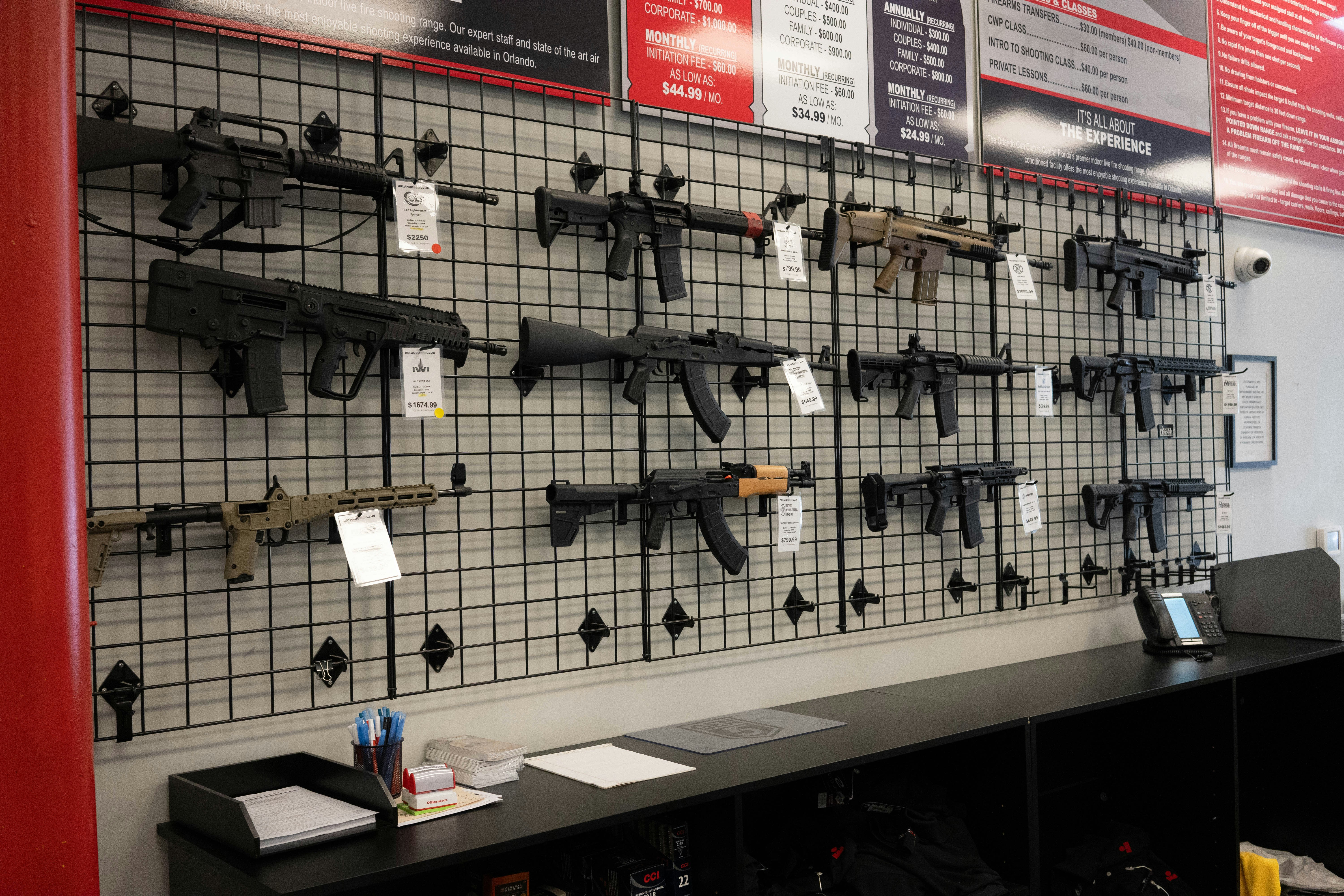Rearming The World: How Asian Defence Giants Are Leading The Global Stock Rally

The global defence industry is experiencing a renaissance, fueled by escalating geopolitical tensions and a renewed focus on military preparedness. In 2024, defence stocks have surged worldwide, with South Korean and Japanese arms manufacturers emerging as standout performers. These companies are not only meeting domestic defence needs but also capturing a significant share of the international market. This article explores the factors driving their success and the implications for the global arms industry.
Context: The Global Rearmament Boom
Geopolitical instability has pushed governments worldwide to prioritize defence spending. Key drivers include heightened tensions in East Asia—such as North Korea’s missile tests and territorial disputes in the South China Sea—as well as the ongoing conflict between Russia and Ukraine. NATO countries have ramped up their budgets, and the U.S. continues to pressure its allies to invest more in military capabilities, a trend initiated during Donald Trump’s presidency.
This global push for rearmament has created fertile ground for the defence industry, with Asian arms manufacturers seizing the opportunity to establish themselves as global leaders.
The Role of Asian Arms Makers
South Korea
South Korean defence companies, including Hanwha Aerospace and Korea Aerospace Industries, have become major players in advanced military technology. Their expertise spans missile systems, naval ships, and next-generation fighter jets. Recent export deals, such as Poland’s acquisition of South Korean tanks and howitzers, highlight the global appeal of their cost-effective, high-quality products.
Japan
Japan, traditionally limited by its post-World War II pacifist constitution, has embraced a more proactive defence stance in recent years. Companies like Mitsubishi Heavy Industries are leading the way in naval shipbuilding and missile systems, often collaborating with U.S. contractors. Japan’s strategic shift allows it to meet growing domestic and international demands while addressing regional security concerns.
Comparison to Western Manufacturers
Asian arms makers are carving out a niche by offering competitive pricing and rapidly innovating to meet market demands, often outpacing traditional Western defence giants in these areas.
Stock Market Performance
In 2024, South Korean and Japanese defence companies have seen triple-digit share price growth, placing them among the top gainers on the MSCI All-Country World Index. Investor enthusiasm is driven by a combination of robust government contracts, export deals, and technological advancements.
For example:
- Hanwha Aerospace has surged due to its role in providing missile systems to European nations.
- Japanese firms like Kawasaki Heavy Industries are gaining attention for their naval capabilities and collaborations on fighter jet projects.
These stock market successes underscore the growing global confidence in Asian defence capabilities.
Why Asia is Leading the Surge
Strategic Location
Asia’s proximity to key geopolitical flashpoints, such as the Korean Peninsula and the Taiwan Strait, positions its defence manufacturers at the forefront of global rearmament efforts.
Shifting Defence Priorities
Countries like South Korea and Japan are transitioning from reliance on foreign suppliers to self-reliance in defence production. This shift aligns with broader regional strategies to counter threats and build robust defence ecosystems.
Economic Advantages
Asian arms makers benefit from cost efficiencies and an emphasis on partnerships with global manufacturers. These factors allow them to deliver competitive products to international markets without compromising on quality or innovation.
Implications for the Global Arms Market
The rise of Asian defence companies is reshaping the global arms industry in several ways:
- Increased Competition: South Korean and Japanese firms are challenging established Western manufacturers, particularly in Europe, Africa, and the Middle East.
- Export Growth: Asian companies are securing high-profile export deals, broadening their influence in global markets.
- Challenges: Despite their success, these firms must navigate complex export regulations, address geopolitical risks, and balance domestic production needs with growing international demand.
Conclusion
The global surge in defence spending has provided an unprecedented opportunity for South Korean and Japanese arms makers to establish themselves as leaders in the arms industry. By leveraging innovation, cost efficiency, and strategic positioning, these companies have become key players in the global rearmament boom.
As the defence landscape continues to evolve, the rise of Asian manufacturers signals a shift in the balance of power within the arms market. While challenges remain, their growth trajectory suggests a future where they play an increasingly influential role in shaping global security.
Author: Ricardo Goulart
The Penny Drops: Understanding The Complex World Of Small Stock Machinations
Micro-cap stocks, often overlooked by mainstream investors, have recently garnered significant attention due to rising c... Read more
Current Economic Indicators And Consumer Behavior
Consumer spending is a crucial driver of economic growth, accounting for a significant portion of the US GDP. Recently, ... Read more
Skepticism Surrounds Trump's Dollar Devaluation Proposal
Investors and analysts remain skeptical of former President Trump's dollar devaluation plan, citing tax cuts and tariffs... Read more
Financial Markets In Flux After Biden's Exit From Presidential Race
Re-evaluation of ‘Trump trades’ leads to market volatility and strategic shifts.The unexpected withdrawal of Joe Bid... Read more
British Pound Poised For Continued Gains As Wall Street Banks Increase Bets
The British pound is poised for continued gains, with Wall Street banks increasing their bets on sterling's strength. Th... Read more
China's PBoC Cuts Short-Term Rates To Stimulate Economy
In a move to support economic growth, the People's Bank of China (PBoC) has cut its main short-term policy rate for the ... Read more

